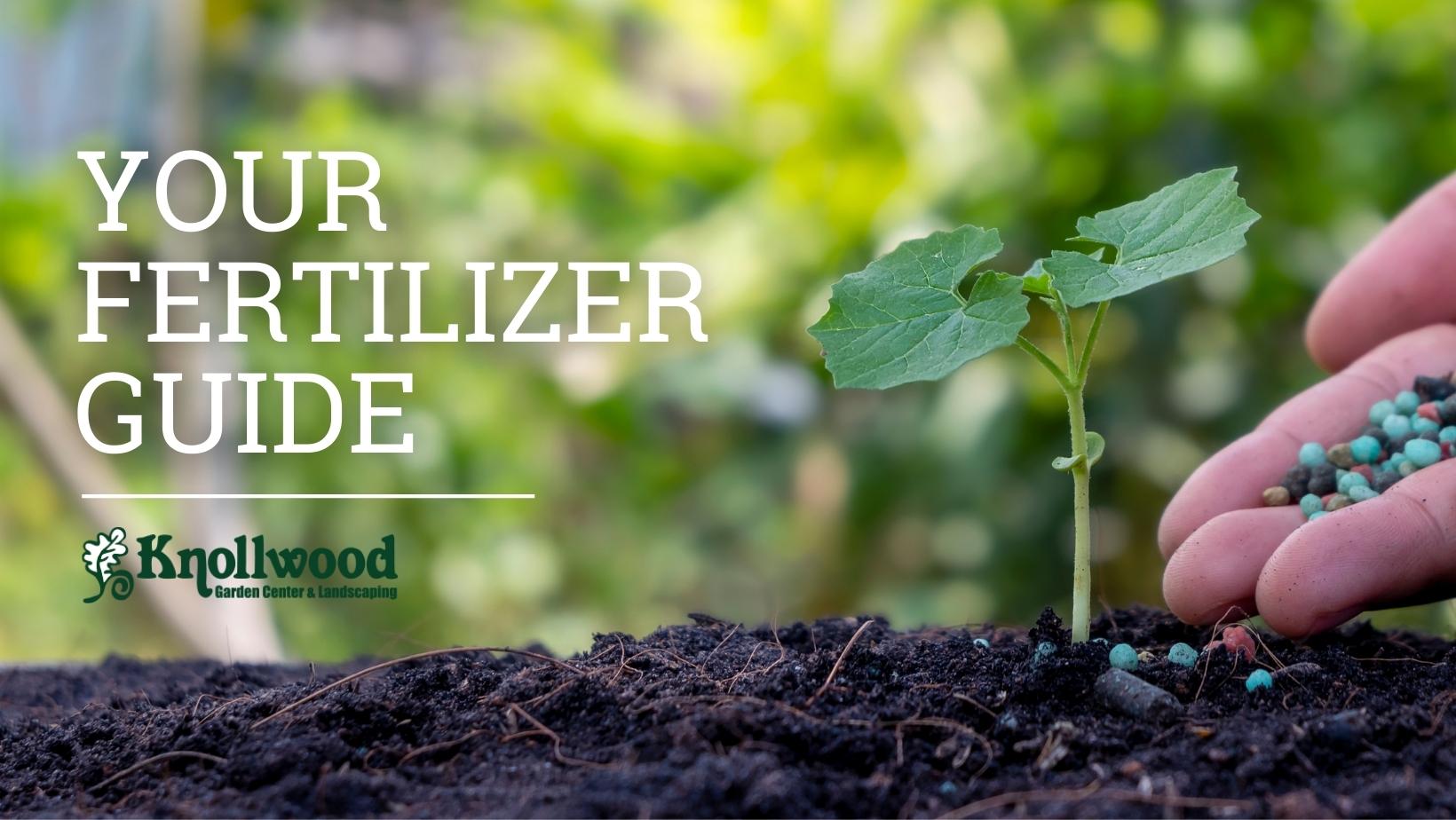Types of Fertilizer
Different Types of Fertilizers and Their Environmental Impact

Fertilizers for Your Garden
Gardeners often complain that they can’t keep their plants alive or that they are cursed with the “touch of death.”
While it is true that some plants do die despite our best efforts, the truth is that most plants meet their demise from improper soil nutrition. If you hope to avoid becoming the Grim Reaper of plants, you must make proper use of fertilizers.
There are several different kinds of fertilizers, and each has its own purpose, effects, and drawbacks.
In this post, we will go over the different kinds of fertilizers, and their impact on the environment.
Controlled-Release Fertilizers
Perfect for the gardener who wants to watch the fruits of their labor without too much work!
Organic Fertilizers
Just be careful when walking through your garden afterwards that you don't pick up any manure on your shoes!
Inorganic Fertilizers
Inorganic fertilizers are either mined from the earth or synthesized from non-organic materials.
Nutrients are immediately available to plants for most inorganics, however, some are designed for slow release.
For larger landscapes, use a slow-release formula to allow plants to take up nutrients as they are gradually released.
Dry Fertilizer
Dry fertilizers are artificially produced and there are many different applications.
When scattering in a garden, use one pound per every 100 square feet, or 100 feet of a row before planting. After planting, side-dress dry fertilizer two to three inches to the side of each plant, and one to two inches below the seed or plant row.
Ensure that you do not apply dry fertilizer to recently watered plants but do water after your application.
It is of great importance that you do not overuse dry fertilizers. Dry fertilizers can easily run off into groundwater with drastic environmental consequences.
Either measure out your dry fertilizer and use the proper amount or the Knollwood Garden Center team will hunt you down. Kidding! But seriously, don't overuse this stuff, it can be very harmful for the local environment.
Water-Soluble Fertilizer
Environmental Impact
Until the 20th-century, man-made fertilizer was non-existent, and therefore the impact of fertilizer on the environment was non-existent. However, in the early 20th-century, a method called the Haber-Bosch process allowed scientists to synthesize nitrogen and therefore make artificial fertilizers.
Since the Haber-Bosch breakthrough, levels of man-made nitrogen levels in the environment have skyrocketed.
Synthesized fertilizers are the worst for the environment and are especially damaging to marine life, so be careful when you use them. This isn't like IKEA furniture, you actually need to read the instructions on the package.
Concerted conservation efforts and low tillage are important to producing nature-positive results.
Because of this, it is of the utmost importance that farmers and gardeners are mindful of the amounts of fertilizers they are using and what types of fertilizers. Always opt for natural fertilizers, like manure, whenever possible.
In addition, farmers and gardeners who grow plants on a larger scale should mix nitrogen-fixing crops, such as legumes, into their crop rotation to pull nitrogen from the air and mix it into the soil.
If you are looking to use fertilizer in your garden, reach out to Knollwood Garden Center. We have the expertise and experience to guide you towards the most effective and environmentally friendly fertilizers that will work for you.
